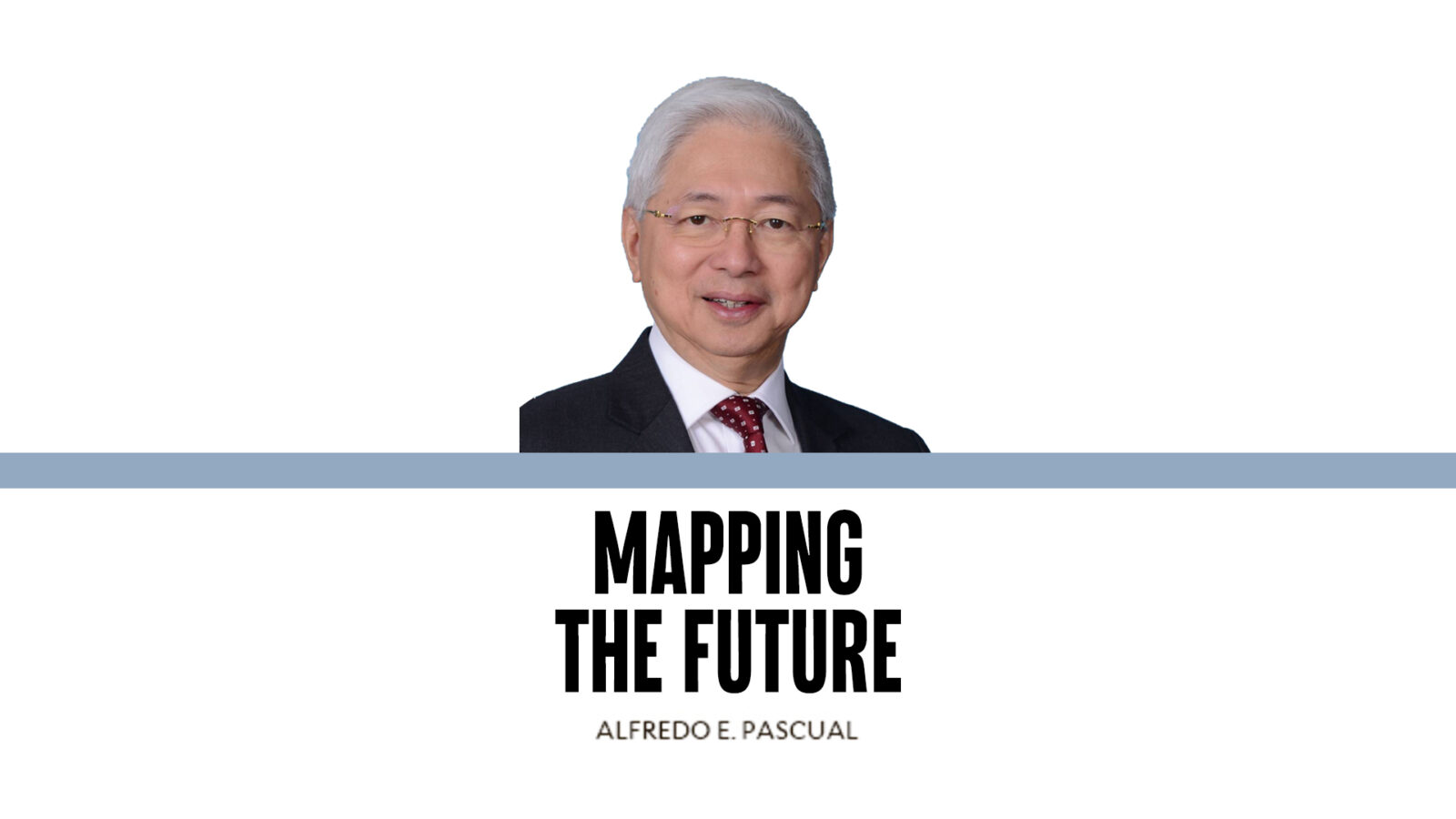Building the future workforce: The case for structured internships

The need to bridge the gap between academic learning and the practical demands of the workplace has never been more urgent. As the Philippines aspires to be a competitive player in the global economy, the role of structured internship programs in shaping our future workforce becomes paramount. Internships are not just a bridge but a transformative experience that prepares young people for real-world challenges while fostering innovation and economic growth.
Why structured internships matter
Internships offer students the opportunity to translate theoretical knowledge into practical skills. By working in real-world environments, they develop essential competencies, such as teamwork, communication and adaptability. These experiences also enhance their employability, setting them apart in a highly competitive job market.
For industries, internships are a strategic investment. They create a pipeline of talent tailored to their specific needs, helping to address skills gaps and drive productivity. For the nation, the benefits extend even further—structured internships reduce youth unemployment, foster innovation and sustain economic growth.
Yet, the absence of a well-defined framework can make internships inconsistent and less impactful. This is why the Management Association of the Philippines (MAP), through its Education Committee, is proactively redefining academe-industry-government partnerships and developing structured internship programs that are inclusive, sustainable and transformative.
Priority sectors for structured internships
To ensure that internships align with national development goals, we must focus on sectors that promise the greatest impact. For instance, the demand for expertise in artificial intelligence (AI) and digital services in information technology continues to grow, driven by the IT-business process outsourcing sector’s significant contributions to the economy. Structured internships in this area can prepare a workforce equipped with cutting-edge skills, ready to innovate and lead in a digitally driven world.
The health-care sector presents another critical area. By introducing internships designed to address workforce shortages, we can help improve access to quality health care while giving young professionals the practical experience needed to excel in this demanding field.
Similarly, modernizing agriculture through internships can attract the youth to rural economies, fostering sustainable growth in agri-business and revitalizing one of the nation’s most essential industries.
In manufacturing and engineering, internships serve as a gateway to building industrial capacity and competitiveness, while tourism and hospitality internships can inspire the innovation necessary to rebuild a sector profoundly affected by the pandemic. Finally, education and public service internships nurture the next generation of educators and civil servants committed to equity and excellence in serving the nation.
Roles of stakeholders
The success of this program hinges on the collective efforts of all stakeholders. Allow me to outline the roles we must assume:
1. Universities and educational Institutions:
- Design and deliver academic curricula that integrate internships as a core requirement for both students seeking employment or entrepreneurship pathways, as well as the academic leaders responsible for quality assurance in teaching, research and community outreach
- Forge partnerships with industries to ensure internships align with real-world demands.
- Provide mentorship, guidance and evaluation frameworks to support students during their internships.
2. National government departments and agencies:
- Department of Education: Strengthen the Work Immersion Program for senior high school students.
- Commission on Higher Education: Issue policies to ensure internships are standardized across HEIs and include systemic reforms of university-enterprise links for employment and entrepreneurship.
- TESDA: Develop internship programs aligned with national certification standards and with demand-driven and area-based criteria, including innovative approaches in different industries.
- Department of Labor and Employment: Ensure fair compensation, safety and compliance with domestic labor laws and international agreements that affect our overseas talents.
- Department of Trade and Industry: Facilitate partnerships with industries and MSMEs based on the Philippine Quality Awards (PQA) criteria and map skills to levels outlined in the Philippine Qualifications Framework (PQF).
3. Local government units:
- Act as coordinators between schools and local businesses, especially in supplementing the lack of STEM orientation needed in many industries across different regions.
- Offer internship opportunities in public service sectors within their jurisdictions, especially for addressing priority issues on good governance pertinent to attracting foreign investors.
4. Industries:
- Provide meaningful and well-structured internship roles that include corporate university-type training on future requirements of different industries.
- Commit to mentoring students and fostering an inclusive learning environment.
- Offer appropriate stipends or allowances to interns to ensure equity and access based on local area products that need to compete globally.
5. Civil society and nongovernment organizations:
- Advocate for equitable access to internships for marginalized groups with appropriate packages of various industry immersion programs for faculty and students, as well as similar programs for new course development in post-senior high school programs with industry experts.
- Provide supplemental training and support to enhance the internship program’s reach.
Steps for implementation
Implementing a structured internship program requires a clear and deliberate approach. The first step is to conduct a nationwide skills gap analysis, working closely with industries to identify workforce needs and priority skills. Based on these findings, clear policies and standards must be developed to guide internship duration, learning objectives and evaluation methods.
To foster stronger partnerships, incentives, such as tax benefits and recognition programs, can encourage companies to participate actively. Training educators and supervisors to mentor interns effectively ensures academic and workplace objectives are met.
Pilot programs in key sectors provide a testing ground for refining the framework. These initiatives should be rigorously evaluated to gather insights that will inform nationwide scaling. Finally, continuous monitoring and data-driven assessments will ensure that the program remains responsive to the evolving needs of students and industries alike.
A call to action
The urgency of implementing a structured internship program cannot be overstated. Our youth are not just the future of this nation; they are its present. By equipping them with the skills, experiences, and confidence to excel in their chosen fields, we are investing in a stronger, more prosperous Philippines.
Let us commit to this initiative with resolve and urgency. Together, as educators, policymakers, industry leaders, and advocates, we can build a system that empowers our students, strengthens our workforce, and fulfills the promise of a brighter tomorrow.
The author is former president of the MAP and former Secretary of the Department of Trade and Industry. Feedback at map@map.org.ph




















